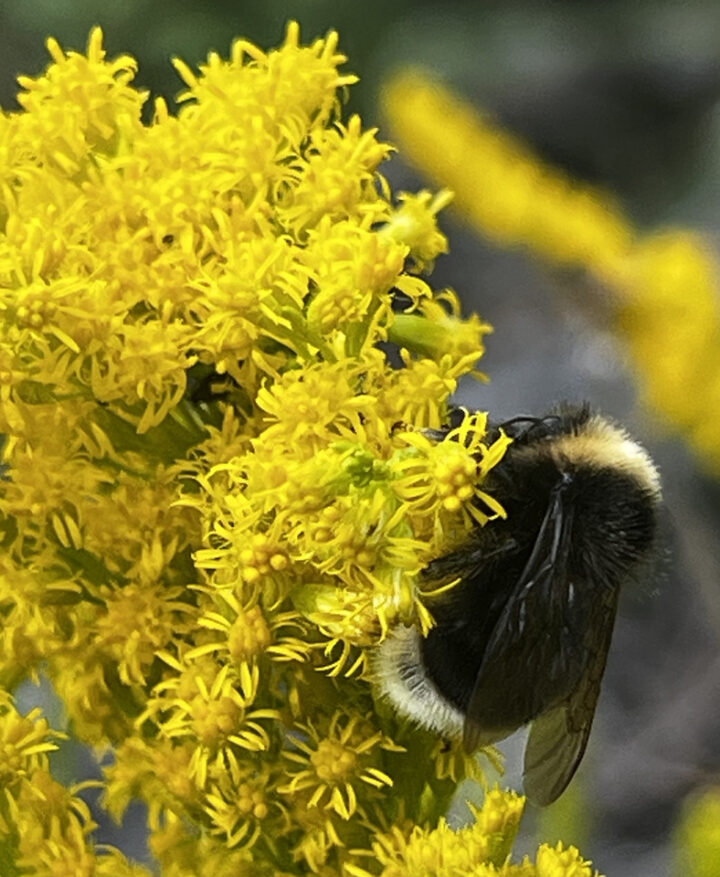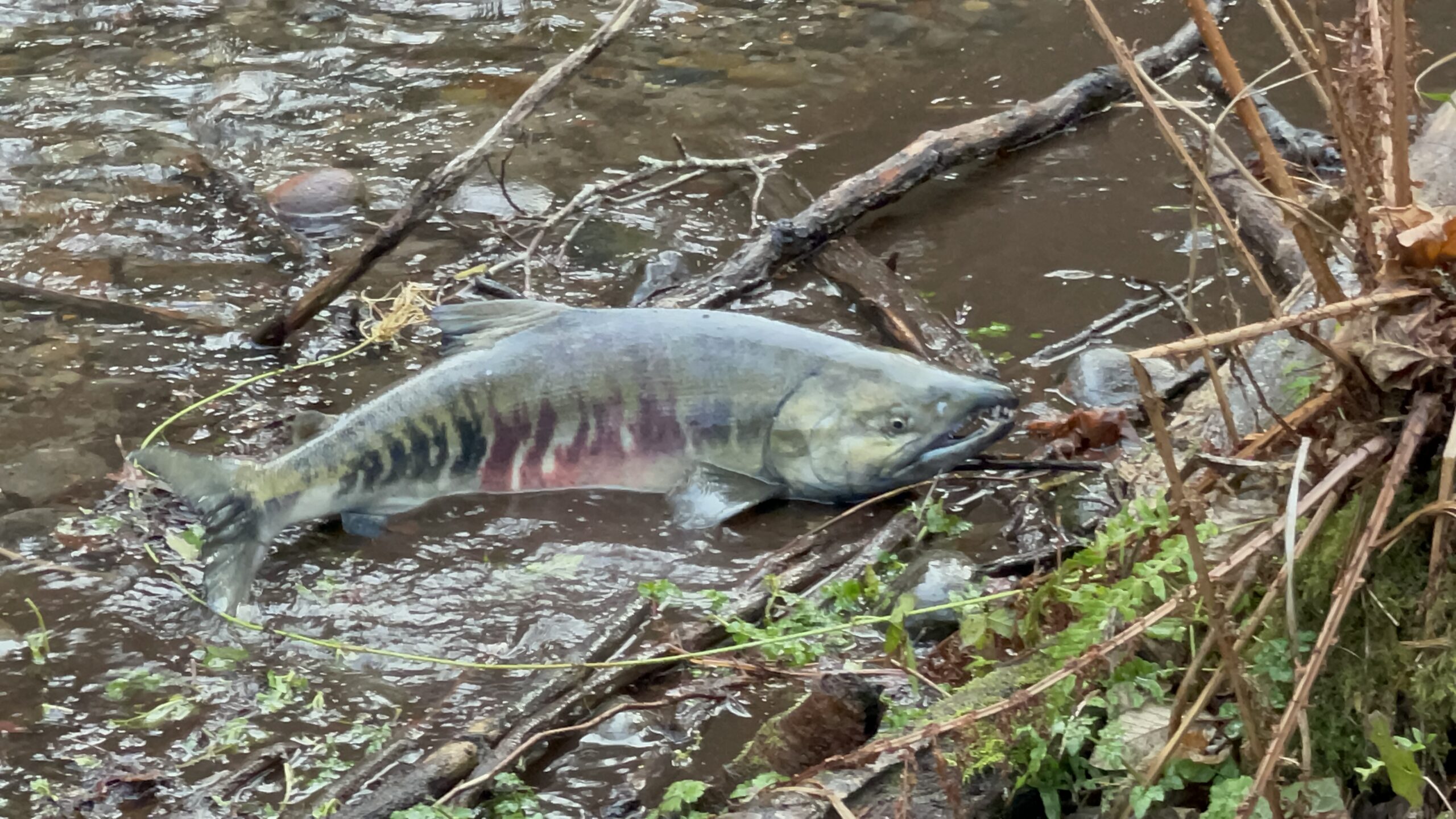Species Spotlight: Trillium parviflorum (small-flowered trillium)
This month, we cast the Species Spotlight on small-flowered trillium!

Many of us know and love blooming trilliums as one of our first signs of spring in the Nisqually watershed, but do you know this distinct species? Trillium parviflorum, commonly known as small-flowered trillium, was only formally recognized and named in the 1980s.
Habitat
Small-flowered trillium’s preferred habitat at the edge of native prairie and riparian forest can make it difficult but especially rewarding to find. That said, with adequate moisture and a protective hardwood overstory, this native plant can also be found in other habitats along the West Coast.
Our NLT Stewardship Manager spotted this particular population in the wetlands on our Ohop Valley Protected Lands. The Trillium parviflorum here grows on hummocks, small mounds of mud and sticks created by beavers just above the water. Surrounding deep thickets of ninebark and red osier dogwood create limited light, reducing competition with neighboring plants and allowing these trilliums to thrive.
 Physical description
Physical description
Depending on its geographic location, Trillium parviflorum can vary greatly in appearance. It typically features 3 broad, mottled leaves and a white or slightly pink-purple flower smaller than that of western trillium (Trillium grandiflorum). It usually grows 6 to 12 inches with leaves spreading from 12 to 18 inches wide, adding to its dramatic appearance. As it travels further south, Small-flowered trillium integrates with other species such as Trillium albidum, altering its physical characteristics.
Small-flowered trillium’s scent can range from skunky to a citronella-like smell, or it can have no scent at all. Several pollinators are attracted to its flower, especially ants and wasps which are drawn to a protein pack on the seed. Ants will trail along eating the protein, dropping discarded seed pods as they go. Wasps may be seen perched on a branch, separating out the nutritious pack and dropping the rest.
Protection
Trillium parviflorum is currently listed as a sensitive species in Washington. Our work at the Land Trust to reduce invasive plants, including invasive grasses, protects trilliums and other native plants in the understory and prevents them from being shaded out.
Special plants like these remind us of the great biodiversity of our watershed and emphasize the importance of our work to protect them and build resilient habitats for years to come.

 This spring and summer, we have discovered some rare prairie plants on Land Trust properties.
This spring and summer, we have discovered some rare prairie plants on Land Trust properties.














